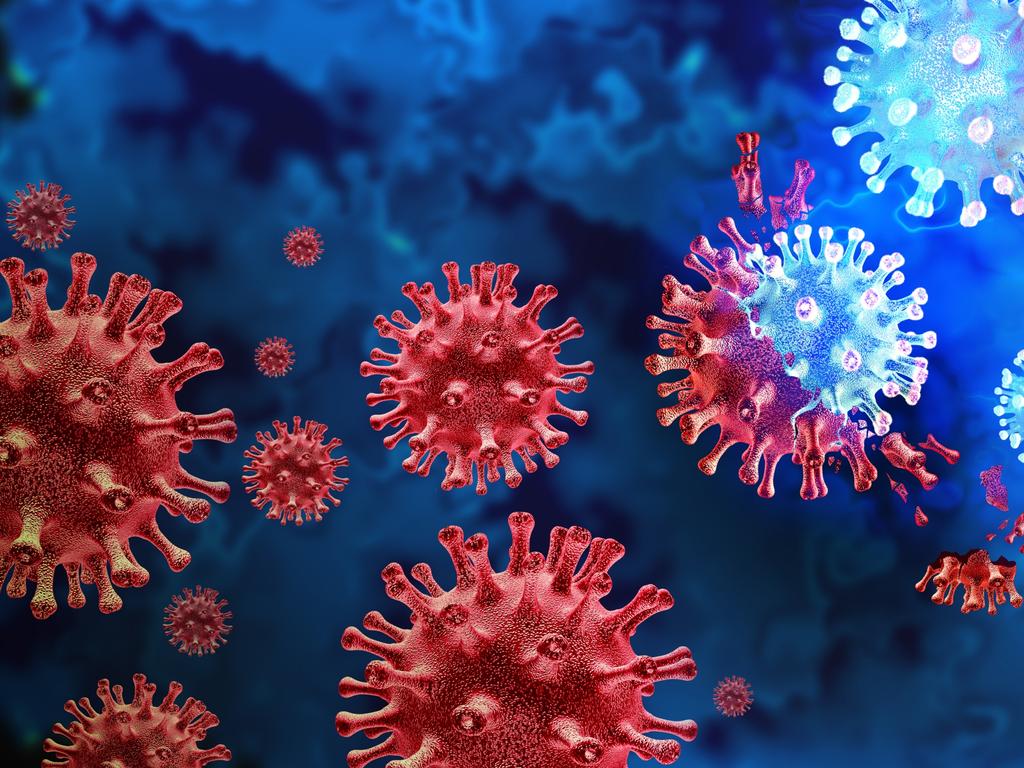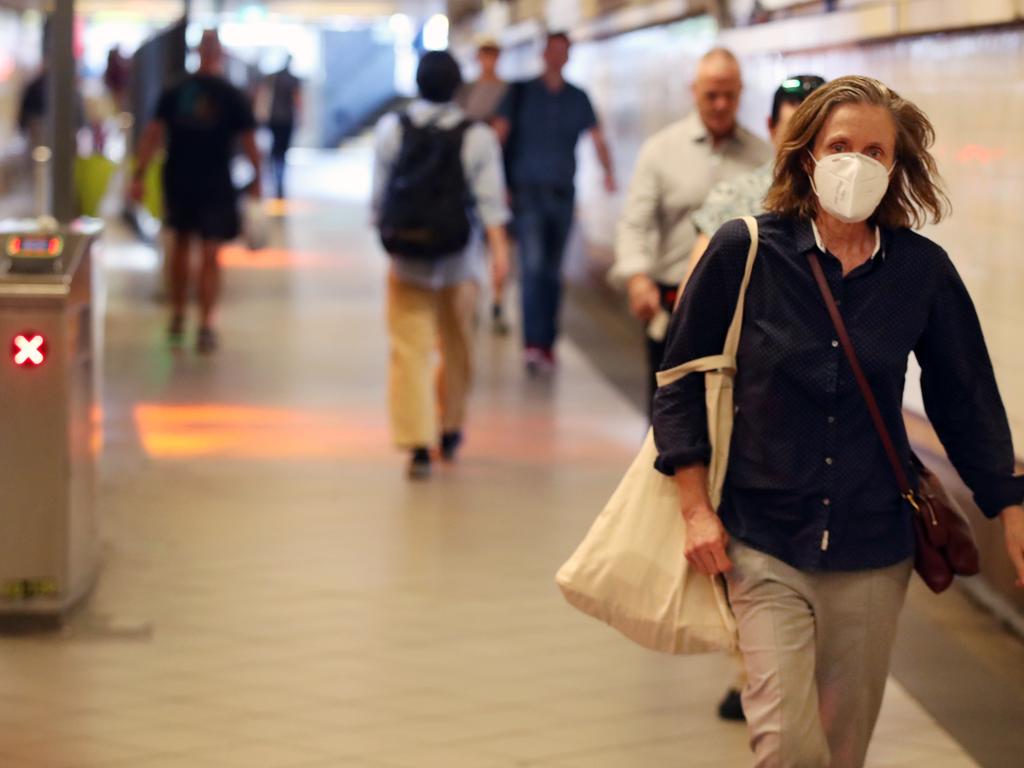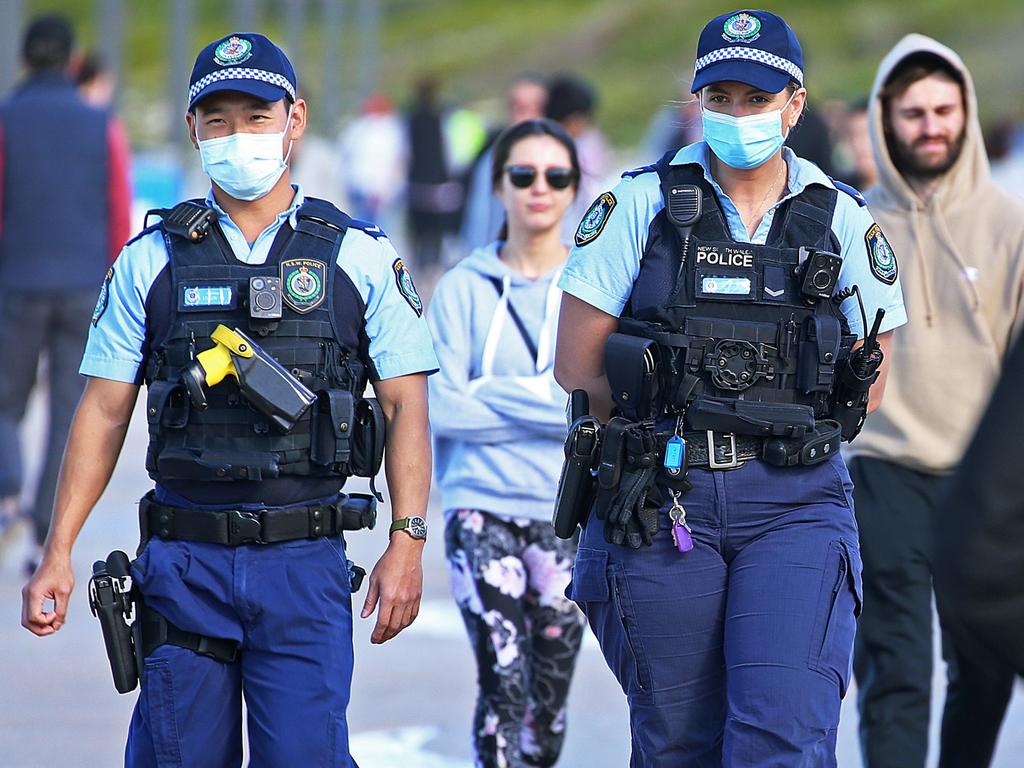New Covid-19 variant LB.1 is in Australia and could spread faster than others
A new, more contagious Covid-19 variant is circulating in Australia as winter accelerates cases. Here’s what you need to know.
A new coronavirus variant is circulating in Australia and experts warn it could spread faster than other variants.
A Department of Health spokesperson confirmed cases of LB.1 in Australia, however, the JN.1 variant (and subvariants KP.2 and KP.3) caused the majority of new infections for the 7 May to 11 June period.
“Although LB.1 is almost certainly more transmissible than KP.2, it doesn’t appear to be outperforming KP.3 and its descendants,” Professor Adrian Esterman, chair of biostatistics and epidemiology at the University of South Australia, told SBS News.
Here are some questions answered about the new strain:


Where did it come from?
In April, a group of new virus strains known as the FLiRT variants began to spread, followed in June by a variant known as LB.1. The FLiRT strains are subvariants of Omicron.
The LB.1 strain is similar to the FLiRT variants but with an additional mutation.
Nobody knows exactly where the FLiRT variants first emerged but they were first detected in the US in wastewater.
The FLiRT strains have since been identified in several other countries, including Canada and the United Kingdom.
SARS-CoV-2 continues to mutate.
The FLiRT subvariants are spin-offs of variant JN.1.11.1. LB.1 is also descended from JN.1, and researchers are still learning about it and how its additional mutation might set it apart from FLiRT.

What’s different about the FLiRT and LB.1 variants?
FLiRT variants have two mutations on their spike proteins (the spike-shaped protrusions on the ‘ball’ of the virus) that weren’t seen on JN.1
In Australia, LB.1 is being referred to as D-FLiRT
Some experts say these mutations make it easier for the virus to evade people’s immunity.
Epidemiologists suspect that the LB.1 strain may be more transmissible as well.
Paul Griffin, an infectious disease specialist at the University of Queensland told SBS: “Whenever the spike protein changes, it means that our protection from past infection or vaccination is reduced and therefore they become a bit more transmissible.”

Are the symptoms of LB.1 more severe?
There is no conclusive information yet about illness caused by LB.1 being more severe.
A person’s immunity and overall health play a role.
While hospital admissions in Australia are declining according to Australia’s National Notifiable Diseases Surveillance System (the seven-day average on 9 July was 53 cases, down from 107 a week earlier), LB.1 has caused an uptick in hospitalisations in the United States.
US emergency room visits due were up more than 23 per cent on 9 July than the previous week according to data from the Centers for Disease Control and Prevention (CDC).
According to the CDC, symptoms may include:
- Fever or chills
- Cough
- Shortness of breath or difficulty breathing
- Fatigue
- Muscle or body aches
- Headache
- New loss of taste or smell
- Sore throat
- Congestion or runny nose
- Nausea or vomiting
- Diarrhea

How can we protect against the FLiRT and LB.1 strains?
Medical professionals still recommend vaccination with the latest Covid vaccines.
Taking measures that help prevent other respiratory illnesses may also help, including wearing masks and keeping away from ill people.
Health officials advise that vaccines still provide protection against the worse of the symptoms and significantly lower a person’s risk of severe illness, hospitalisation, and death from Covid-19.
Dr Amesh A. Adalja, infectious disease expert and senior scholar at the Johns Hopkins Center for Health Security said, “The current vaccine is not very effective at durable protection against infection—and that has been the case for some time—with the current slew of variants, though it is protective against severe disease.”
More Coverage
Originally published as New Covid-19 variant LB.1 is in Australia and could spread faster than others





